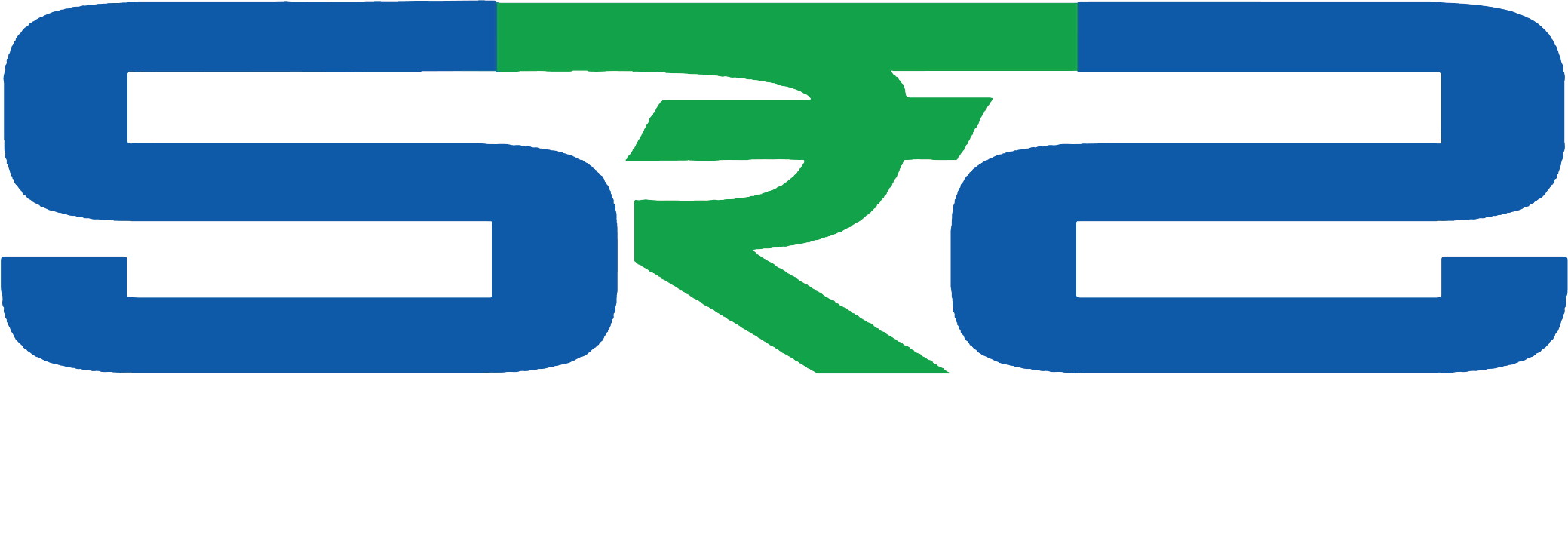What Is Working Capital?
Working capital, also known as net working capital (NWC), is the difference between a company’s current assets (cash, accounts receivable/customers’ unpaid bills, inventories of raw materials and finished goods) and its current liabilities, such as accounts payable and debts.
Working capital is a measure of a company’s liquidity, operational efficiency, and short-term financial health. If a company has substantial positive working capital, then it should have the potential to invest and grow. If a company’s current assets do not exceed its current liabilities, then it may have trouble growing or paying back creditors, or even go bankrupt.
How to calculate working capital
- You can get a sense of where you stand right now by determining your working capital ratio, a measurement of your company’s short-term financial health.
- Working capital formula:
Current assets / Current liabilities = Working capital ratio
- If you have current assets of $1 million and current liabilities of $500,000, your working capital ratio is 2:1. That would generally be considered a healthy ratio, but in some industries or kinds of businesses, a ratio as low as 1.2:1 may be adequate.
Your net working capital tells you how much money you have readily available to meet current expenses.
- Net working capital formula:
Current assets – Current liabilities = Net working capital
For these calculations, consider only short-term assets such as the cash in your business account and the accounts receivable — the money your customers owe you — and the inventory you expect to convert to cash within 12 months.
Short-term liabilities include accounts payable — money you owe vendors and other creditors — as well as other debts and accrued expenses for salary, taxes and other outlays.
Working capital management
Decisions relating to working capital and short-term financing are referred to as working capital management. These involve managing the relationship between a firm’s short-term assets and its short-term liabilities. The goal of working capital management is to ensure that the firm is able to continue its operations and that it has sufficient cash flow to satisfy both maturing short-term debt and upcoming operational expenses.
A managerial accounting strategy focusing on maintaining efficient levels of both components of working capital, current assets, and current liabilities, in respect to each other. Working capital management ensures a company has sufficient cash flow in order to meet its short-term debt obligations and operating expenses.
Guided by the above criteria, management will use a combination of policies and techniques for the management of working capital. The policies aim at managing the current assets (generally cash and cash equivalents, inventories and debtors) and the short-term financing, such that cash flows and returns are acceptable.
- Cash management. Identify the cash balance which allows for the business to meet day to day expenses, but reduces cash holding costs.
- Inventory management. Identify the level of inventory which allows for uninterrupted production but reduces the investment in raw materials—and minimizes reordering costs—and hence increases cash flow. Besides this, the lead times in production should be lowered to reduce Work in Process (WIP) and similarly, the Finished Goods should be kept on as low level as possible to avoid overproduction.
- Debtors’ management. Identify the appropriate credit policy, i.e., credit terms which will attract customers, such that any impact on cash flows and the cash conversion cycle will be offset by increased revenue and hence Return on Capital (or vice versa).
- Short-term financing. Identify the appropriate source of financing, given the cash conversion cycle: the inventory is ideally financed by credit granted by the supplier; however, it may be necessary to utilize a bank loan (or overdraft), or to “convert debtors to cash” through “factoring”.
